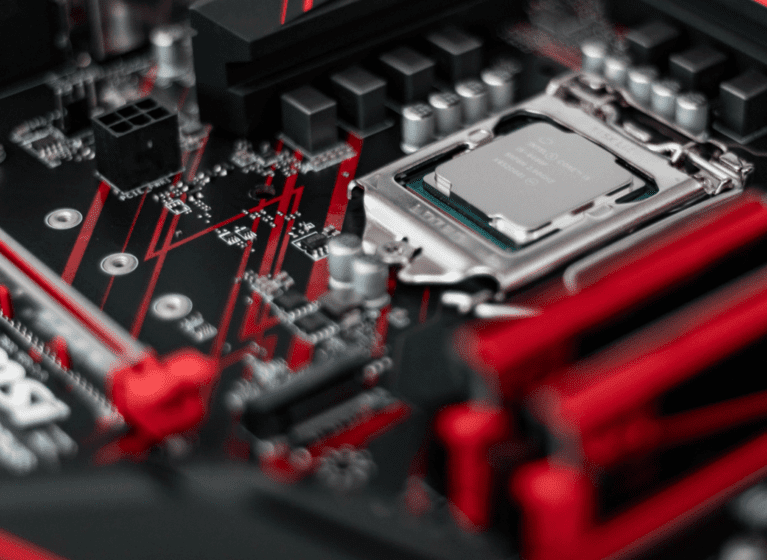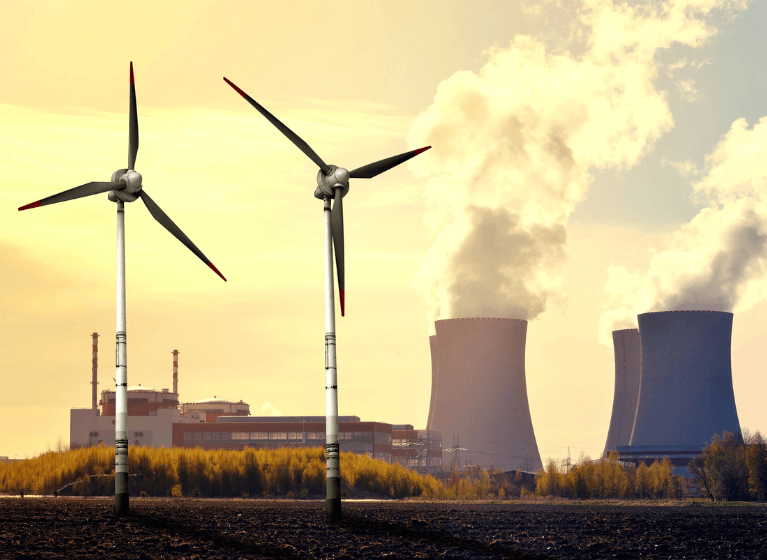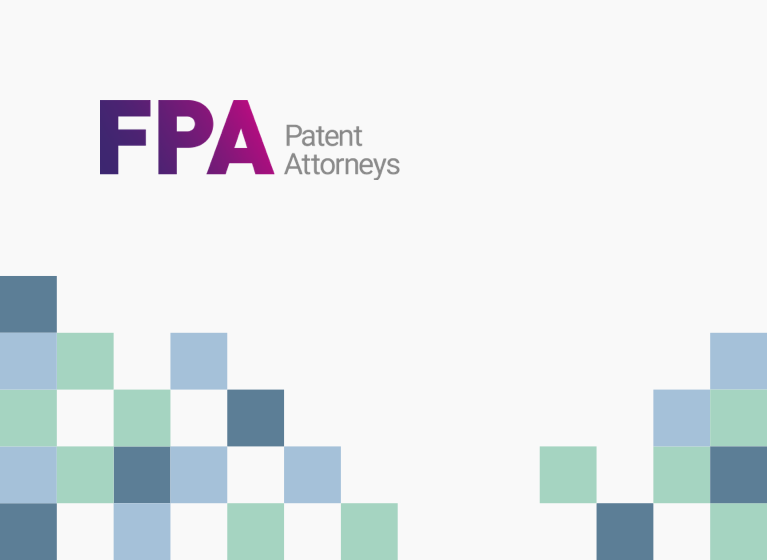This article considers the recent reported increase in patent filing activity in battery technologies. It proposes that the significant future projected growth in global market size for energy storage will fuel increased R&D spend, which in turn may result in even greater levels of activity in the patent arena.
Over the past several decades, rechargeable lithium-ion batteries have revolutionised electronic devices. The lightweight and high energy density of these power sources have, in large part, been responsible for their now ubiquitous use in, for example, laptop computers, smartphones, and power tools.
However, in recent years, a much more significant revolution has emerged with lithium-ion technology set to dominate in electric vehicle and energy storage applications. The majority of leading car manufacturers have announced plans to introduce electric vehicles across their ranges, and in late 2020 the UK was the first G7 nation to take legislative steps announcing a ban on the sale of pure internal combustion vehicles from 2030.
In energy storage, the Hornsdale Power Reserve in South Australia is one of the largest lithium-ion batteries in the world (‘Tesla big battery’) and has saved consumers over A$150 million in its first two years of operation.
Analysts1 predict the global automotive lithium-ion market size will grow from its 2019 level of US$ 17.4 billion, to reach close to US$ 100 billion by 2030. Wood McKenzie2 suggest that global energy storage capacity could grow at a compound annual growth rate of 31% through 2030. Despite the challenges mobility electrification faces, particularly with the implementation of adequate charging infrastructures, these growth predictions will undoubtedly fuel increased R&D expenditure in the sector as industry players seek to establish future competitive technology positions.
Patent growth
Not surprisingly, driven by the widespread use of lithium-ion batteries in electronic devices and the continuing rise in electric vehicle development and sales, patent activity in the field of energy storage has exhibited tremendous growth over the past several years.
A recent study3 by the International Energy Agency (IEA) and the European Patent Office (EPO) indicates patent publications in the fields of batteries and electricity storage grew annually by 14% between 2008 and 2018, compared to an annual growth rate of only 3.5% across all fields of endeavour.
Patent activity reflected the use of batteries across a wide range of electronic devices, but significantly, electric mobility was the major driver in the observed increase in patenting rates.
The study also reveals that Japan and the Republic of Korea lead the way in battery patent activity with companies in these countries accounting for nine of the top ten global players, and between 2014 and 2018 more than 40% of all lithium-ion patent activity came out of Japan.
The IEA/EPO study considers patent applications published up until 2018, meaning that it reflects patent applications filed during or before 2016/2017 (in view of the 18-month delay in publication after filing). Effectively, then, the study captures inventive activity that took place prior to that time.
In the five years that have elapsed since 2016, it is likely that patent filing rates in the sector have continued to increase. Furthermore, analysts suggest future electric vehicle uptake will increase at rates far greater than predicted a few years ago, and it is probable this will result in sustained or increasing patent filing rates in the short to medium term.
We therefore predict significant patent activity in batteries and other energy storage technologies will continue over the coming years, as research groups and companies seek to establish or reinforce valuable intellectual property positions within this potentially enormous market.
Technology development
The IEA/EPO report indicates that in 2018 the number of patent applications relating to lithium-ion technology accounted for 45% of all patent activity relating to battery cells.
The majority of current lithium-ion battery research aims to improve the present batteries on the market. While numerous alternate battery technologies are actively being researched, because the investment in current battery manufacturing facilities is immense, significantly differentiated technologies may need to be able to take advantage of existing infrastructure to minimise both time and cost to market.
A recent report4 identifies seven key factors relating to lithium-ion battery performance.
- Cost of manufacture – raw material and production costs
- Temperature range – improving performance in hot and cold environments
- Safety – in relation to typically utilised flammable liquid electrolytes
- Charge rate – rapid charging that is safe
- Specific energy (Wh/kg) – amount of energy stored per unit mass
- Specific power (W/kg) – amount of power generated per unit mass
- Cycle life – the number of complete charge/discharge cycles before battery reaches the end of its useful life
In pursuing performance improvements, a trade-off between these factors is often necessary and this has led to a variety of battery cell chemistries that are specific to particular end uses. For example, smartphones and electric vehicles have different tolerances for factors such as cost, charge rate and energy density.
The cells of lithium-ion batteries contain three key components: the cathode, the anode and the electrolyte. Typically, the cathode is a lithium containing material, the anode contains graphite and the electrolyte is a liquid or polymer gel.
Cathodes
The development of cathode materials has seen the most commercially important breakthroughs. Early production electric vehicles utilised lithium cobalt oxide (LCO) and lithium manganese oxide (LMO) cathodes. However, the need for higher power output and faster charging resulted in a move to lithium nickel manganese cobalt oxide (NMC) and more recently to lithium nickel cobalt aluminium oxide (NCA). These commercial trends are reflected in recent relative patenting rates in relation to the different cathode chemistries.
Research is also directed to reducing the amount of expensive cobalt in the battery cell and addressing related sustainability issues, given that 60% of the world’s cobalt supply comes from the Democratic Republic of Congo.
Anodes
Anode developments have been more challenging. Graphite is generally used as active material, however it has a relatively low lithium storage capacity. One goal is to utilise an anode containing lithium metal, which would greatly increase energy density. Other areas of focus include silicon containing anodes. In 2018 the number of patent publications concerning both lithium metal and silicon containing anodes edged closer to those directed to traditional graphite anodes.
Electrolytes
A key area of development is in solid-state cells in which the flammable liquid electrolyte is replaced by a solid electrolyte. Patent activity in this area has been growing at average rate of 25% per year between 2010 and 2018.
Impact of patents
In a heavily crowded patent landscape, recognizing and protecting new developments is of critical importance to industry players aspiring to exploit the commercial potential of the energy storage sector. In view of the size of the future market for battery technologies, even smaller players could establish significant value propositions based on impactful technology developments. Protecting these developments will be crucial in maximising potential opportunities and should ideally be pursued as part of a robust patent strategy.
High patenting levels will also likely lead to a future increase in patent disputes as companies look to defend their patent positions or carve out a path to market through existing patent thickets.
The sector has already seen some notable disputes in relation to patents or trade secrets, (Varta v Samsung (Europe), SK Innovation v LG (US), 3M v Sanyo, and very recently between Chinese companies Contemporary Amperex Technology (CATL) and China Lithium Battery Technology (CALB)).
The development of commercially relevant battery technology is a cross-disciplinary effort touching on chemistry, materials science, interfacial science, engineering and electronics. The multidisciplinary team at FPA has technical expertise relevant to the sector and is ready to assist in identifying and protecting new developments.






